Now is not an appropriate time for President Tsai Ing-wen (蔡英文) to visit Itu Aba Island (Taiping Island, 太平島), due to recent skirmishes between Chinese and Philippine coast guard vessels in the South China Sea, Minister of Foreign Affairs Joseph Wu (吳釗燮) said yesterday.
Wu made the remarks after Chinese Nationalist Party (KMT) Legislator Ma Wen-chun (馬文君) called on Tsai to visit the Taiwan-controlled island to reaffirm the nation’s sovereignty following the completion of a dredging project on Taiping to allow larger vessels to dock.
Former presidents Chen Shiu- bian (陳水扁) of the Democratic Progressive Party and Ma Ying-jeou (馬英九) both visited the island before stepping down, Ma Wen-chun said.
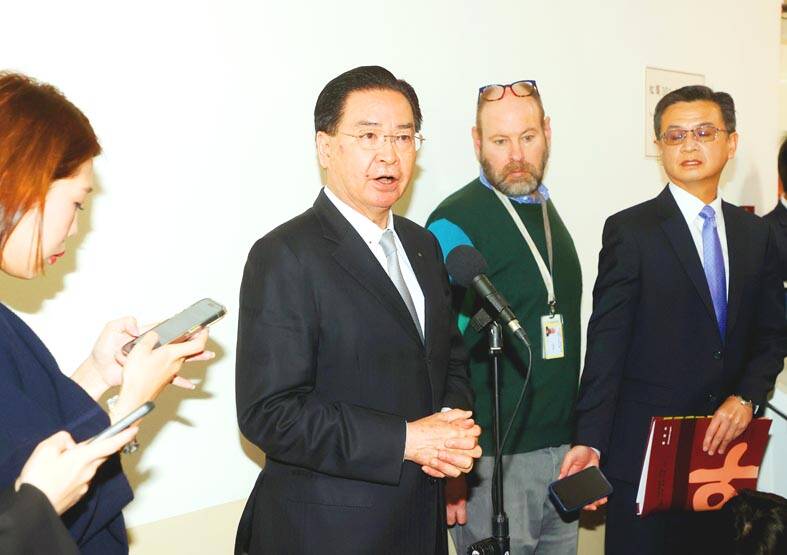
Photo: CNA
Ma Wen-chun, a convener of the legislature’s Foreign Affairs and National Defense Committee, on Tuesday proposed forming a legislative delegation to visit Taiping on May 16.
Asked to comment on the matter at a legislative session yesterday, Wu said that no matter whether Tsai visits, there is no doubt that Taiping is Taiwan’s territory.
Due to skirmishes between China and the Philippines in the South China Sea over the past months, now is not an appropriate time for her to visit, he said.
With the Chinese government sending about 20 warships to patrol the South China Sea on a daily basis, a trip from Tsai could create a negative impression of Taiwan to the international community “as a troublemaker in the region,” he said.
Nevertheless, the central government fully respects the rights of Ma Wen-chun and other committee members to visit Taiping for an inspection tour, Wu said.
The Coast Guard Administration announced the completion of the dredging project to allow larger vessels to dock at a pier serving Taiping earlier this year.
The NT$1.7 billion (US$53.35 million) project to dredge sediment and deepen navigation channels would enable 4,000-tonne coast guard vessels to dock at the island for resupply, it said.
Wu also told reporters that China has built “enormous” military bases on three islands surrounding Taiping, but Taipei is not looking to escalate tensions in the strategic waterway.
“China has already created very enormous South China Sea military bases on the three islands surrounding Taiping — Subi Reef [Jhubi Reef, 渚碧礁], Fiery Cross Reef [Yongshu Reef, 永暑島] and Mischief Reef [Meiji Reef, 美濟礁] — and these are all quite close to our Taiping,” he said.
Taiping, the largest of the Spratly Islands (Nansha Islands, 南沙群島), lies 1,600km southwest of Kaohsiung, and is administered by the city’s Cijin District (旗津). It hosts about 200 coast guard personnel trained by the Marine Corps, and is also claimed by China, the Philippines and Vietnam.
The island has a runway long enough to land military resupply flights from Taiwan, but is lightly defended compared with the nearby Chinese-controlled reefs. Chinese forces generally leave the island alone.
China has carried out extensive land reclamation on territory in the South China Sea, building major air force and other military facilities, causing major concern in Washington and around the region.
China’s air force and navy regularly operate nearby the Taiwan-controlled Pratas Islands (Dongsha Islands, 東沙群島).
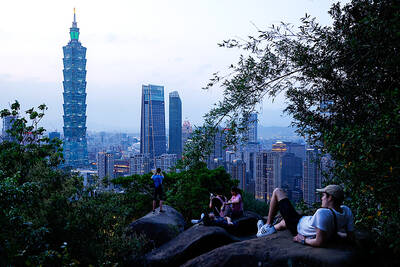
MORE VISITORS: The Tourism Administration said that it is seeing positive prospects in its efforts to expand the tourism market in North America and Europe Taiwan has been ranked as the cheapest place in the world to travel to this year, based on a list recommended by NerdWallet. The San Francisco-based personal finance company said that Taiwan topped the list of 16 nations it chose for budget travelers because US tourists do not need visas and travelers can easily have a good meal for less than US$10. A bus ride in Taipei costs just under US$0.50, while subway rides start at US$0.60, the firm said, adding that public transportation in Taiwan is easy to navigate. The firm also called Taiwan a “food lover’s paradise,” citing inexpensive breakfast stalls
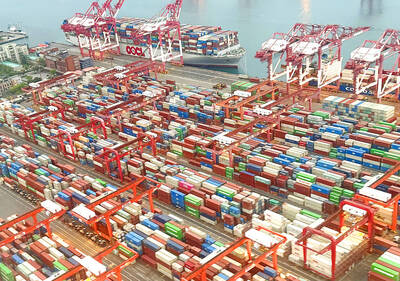
TRADE: A mandatory declaration of origin for manufactured goods bound for the US is to take effect on May 7 to block China from exploiting Taiwan’s trade channels All products manufactured in Taiwan and exported to the US must include a signed declaration of origin starting on May 7, the Bureau of Foreign Trade announced yesterday. US President Donald Trump on April 2 imposed a 32 percent tariff on imports from Taiwan, but one week later announced a 90-day pause on its implementation. However, a universal 10 percent tariff was immediately applied to most imports from around the world. On April 12, the Trump administration further exempted computers, smartphones and semiconductors from the new tariffs. In response, President William Lai’s (賴清德) administration has introduced a series of countermeasures to support affected
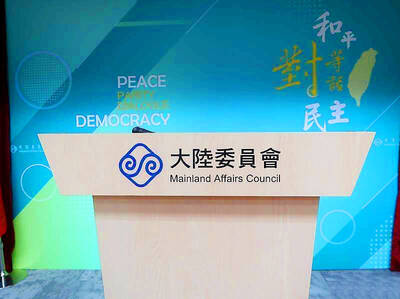
CROSS-STRAIT: The vast majority of Taiwanese support maintaining the ‘status quo,’ while concern is rising about Beijing’s influence operations More than eight out of 10 Taiwanese reject Beijing’s “one country, two systems” framework for cross-strait relations, according to a survey released by the Mainland Affairs Council (MAC) on Thursday. The MAC’s latest quarterly survey found that 84.4 percent of respondents opposed Beijing’s “one country, two systems” formula for handling cross-strait relations — a figure consistent with past polling. Over the past three years, opposition to the framework has remained high, ranging from a low of 83.6 percent in April 2023 to a peak of 89.6 percent in April last year. In the most recent poll, 82.5 percent also rejected China’s
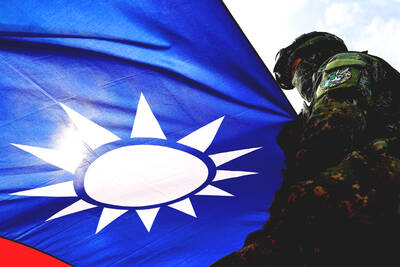
PLUGGING HOLES: The amendments would bring the legislation in line with systems found in other countries such as Japan and the US, Legislator Chen Kuan-ting said Democratic Progressive Party (DPP) Legislator Chen Kuan-ting (陳冠廷) has proposed amending national security legislation amid a spate of espionage cases. Potential gaps in security vetting procedures for personnel with access to sensitive information prompted him to propose the amendments, which would introduce changes to Article 14 of the Classified National Security Information Protection Act (國家機密保護法), Chen said yesterday. The proposal, which aims to enhance interagency vetting procedures and reduce the risk of classified information leaks, would establish a comprehensive security clearance system in Taiwan, he said. The amendment would require character and loyalty checks for civil servants and intelligence personnel prior to